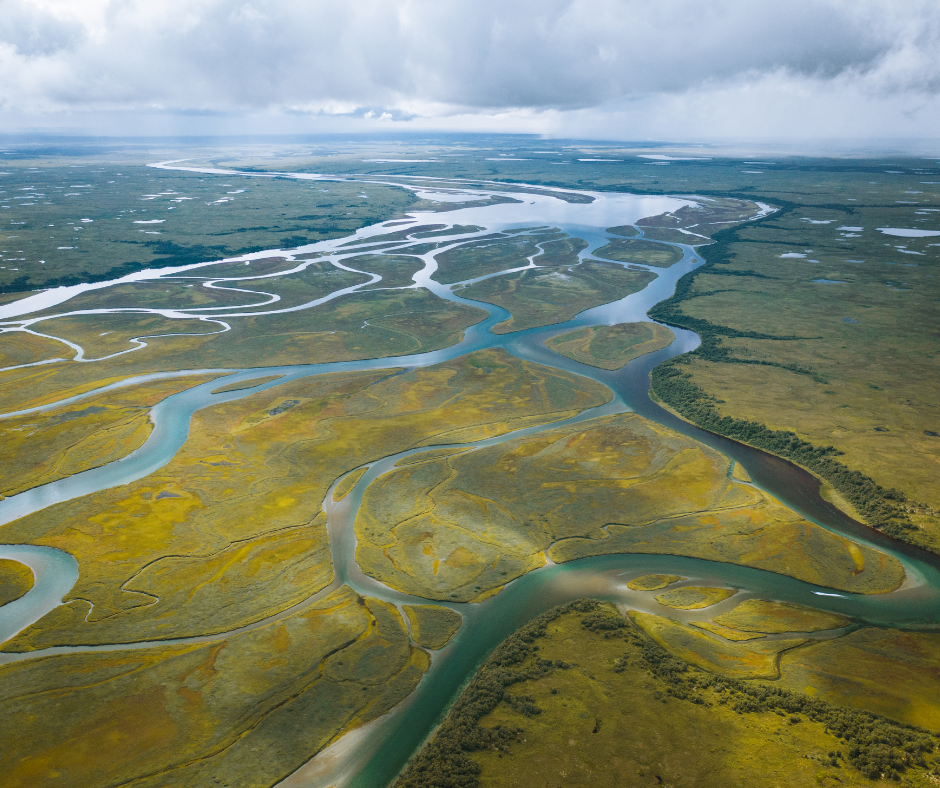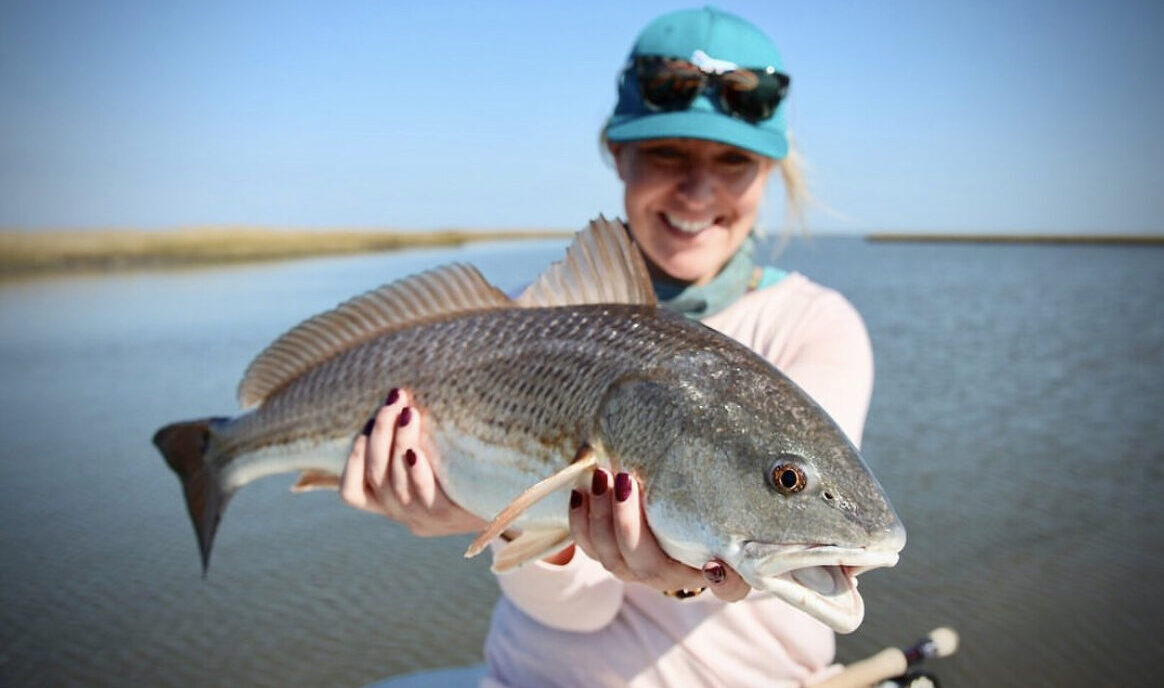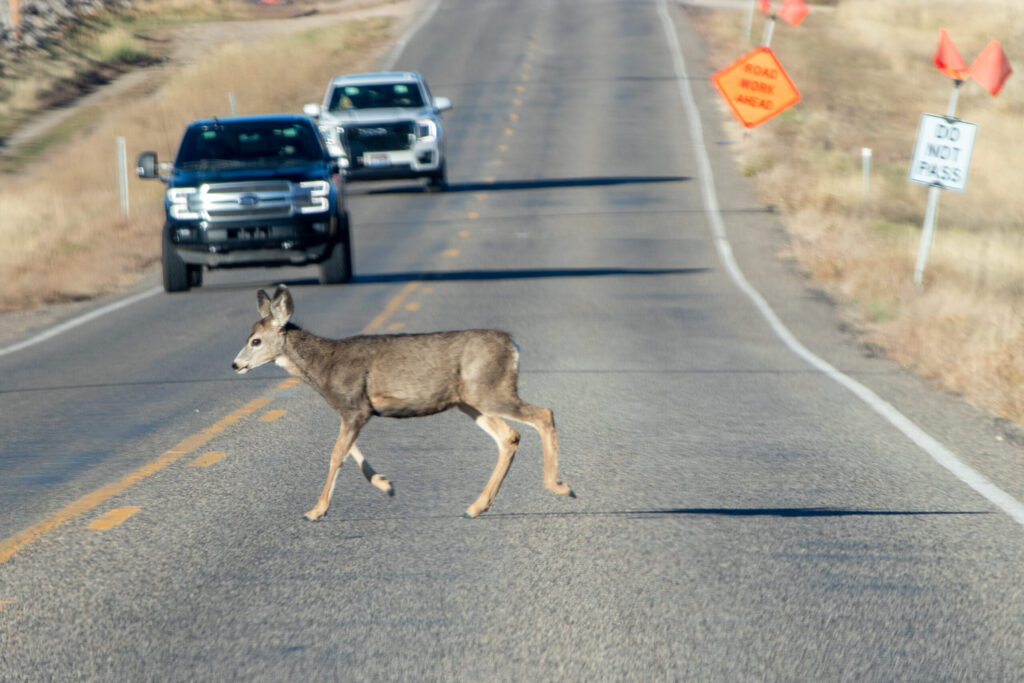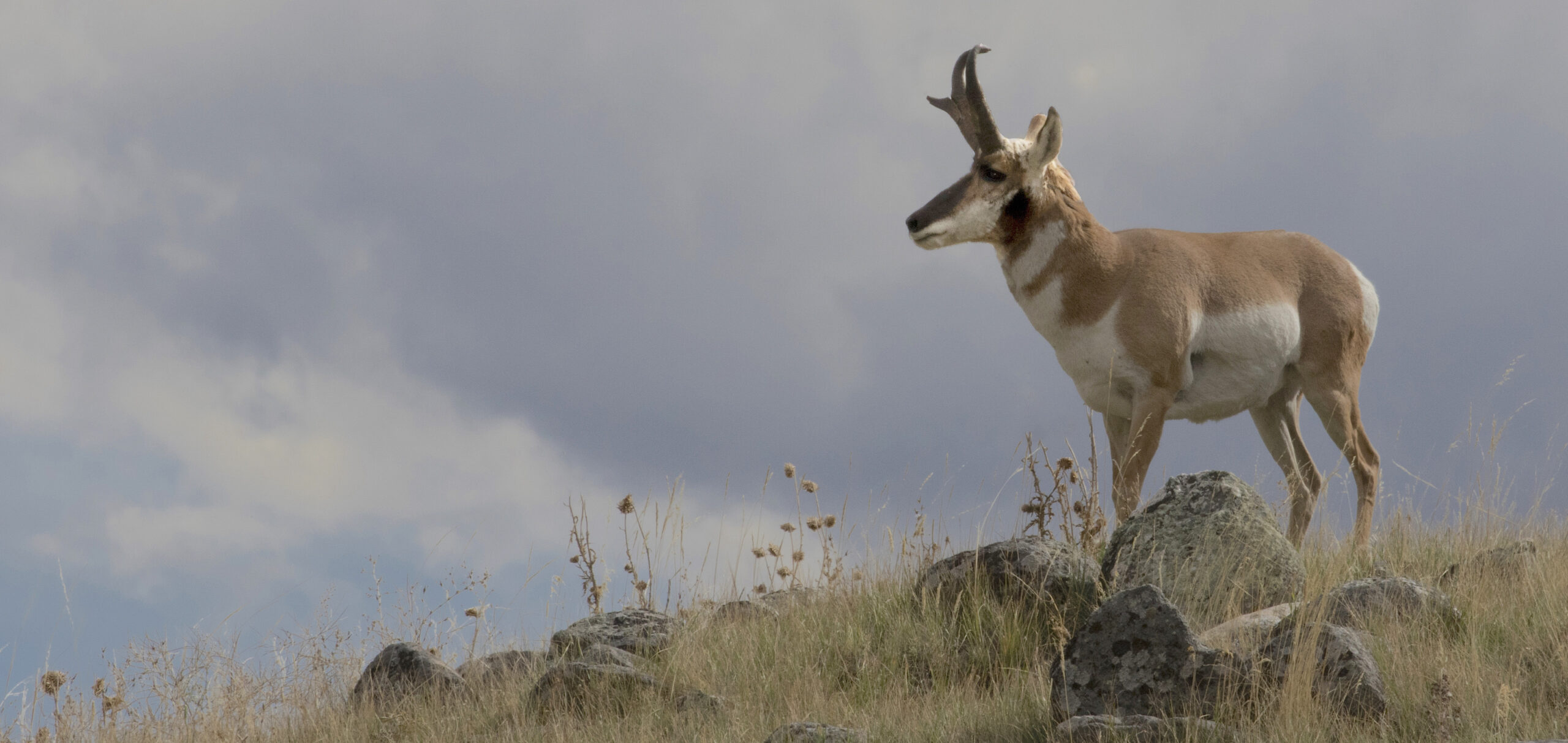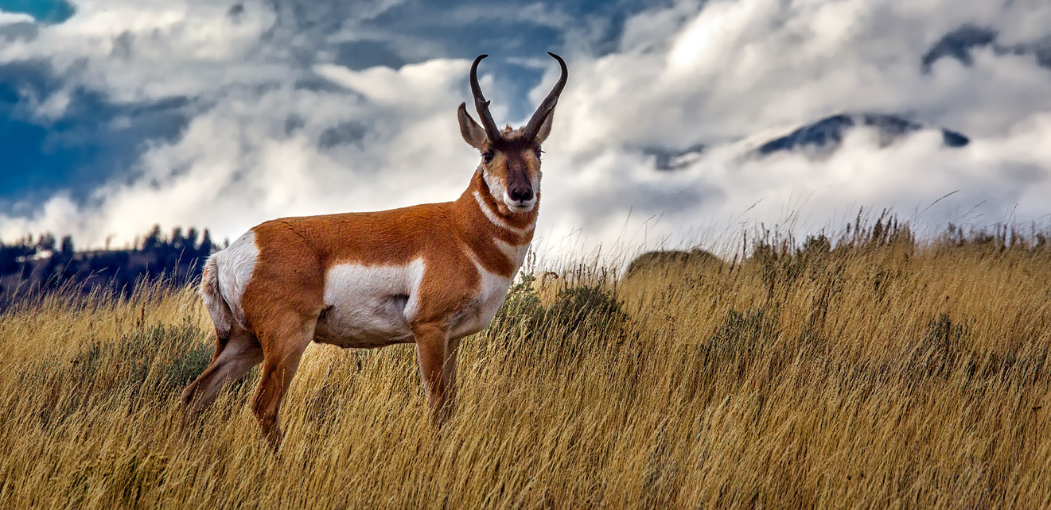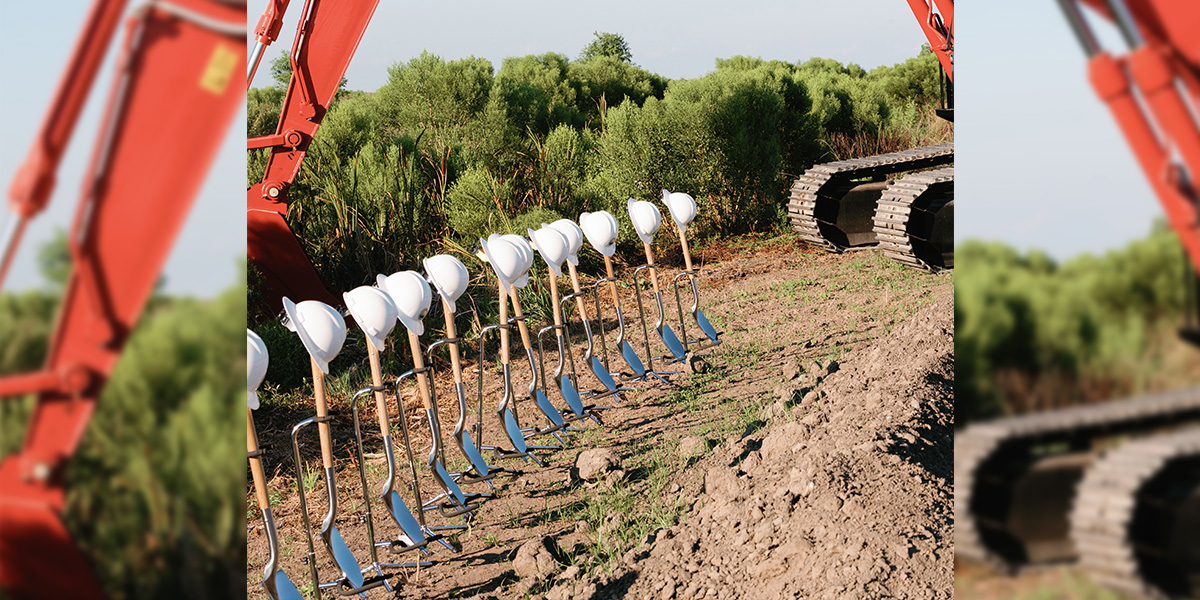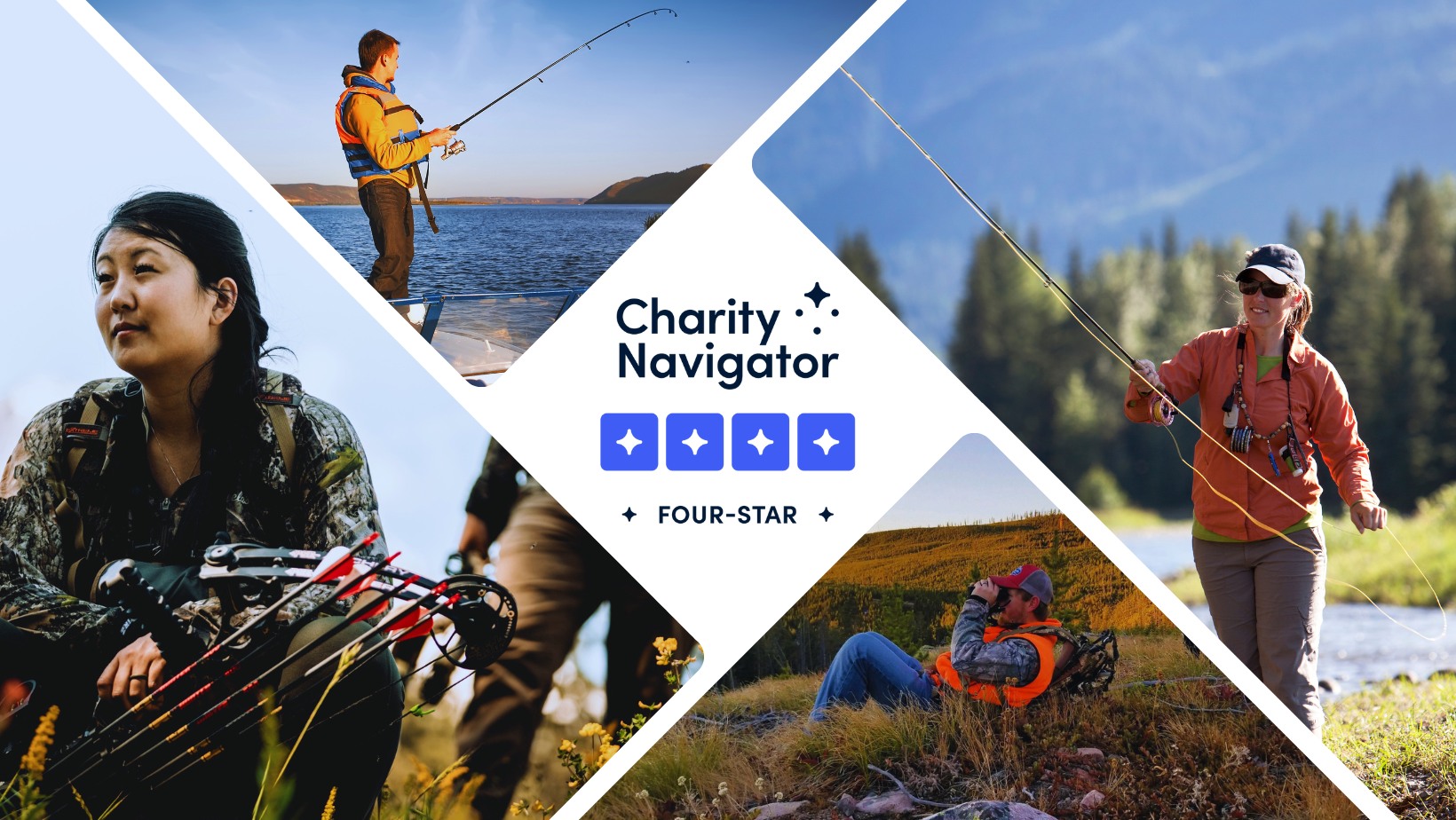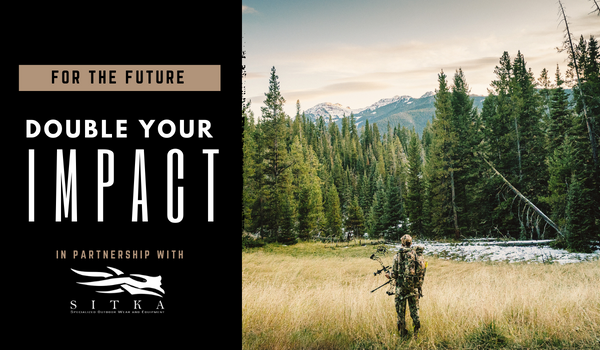Your support helped make these conservation successes possible
As the year draws to a close, we’re pleased to highlight some of our top conservation wins of 2023. We’re proud to say that hunters and anglers continue to speak out meaningfully on the issues that matter most to them. Thanks to you, and the actions of our 63 partners and 29 corporate partners, TRCP secured key victories for conservation funding, fish and wildlife habitat, and sporting access. Here are our top achievements to date in 2023.
Momentous Clean Water Safeguard Secured for Bristol Bay, Alaska
This monumental win saw momentous safeguards issued for Bristol Bay, Alaska – home of the largest sockeye salmon run on the planet – that effectively said NO to the proposed Pebble Mine. Click here to read more.
Protecting Redfish and Conserving Habitat from the Industrial Menhaden Fishery
The Louisiana Wildlife and Fisheries Commission proposed that the state require a minimum 1-mile coastwide buffer restriction on industrial netting of Gulf menhaden to protect redfish and Gulf Coast habitat, plus more stringent penalties for net spills. Click here to read more.
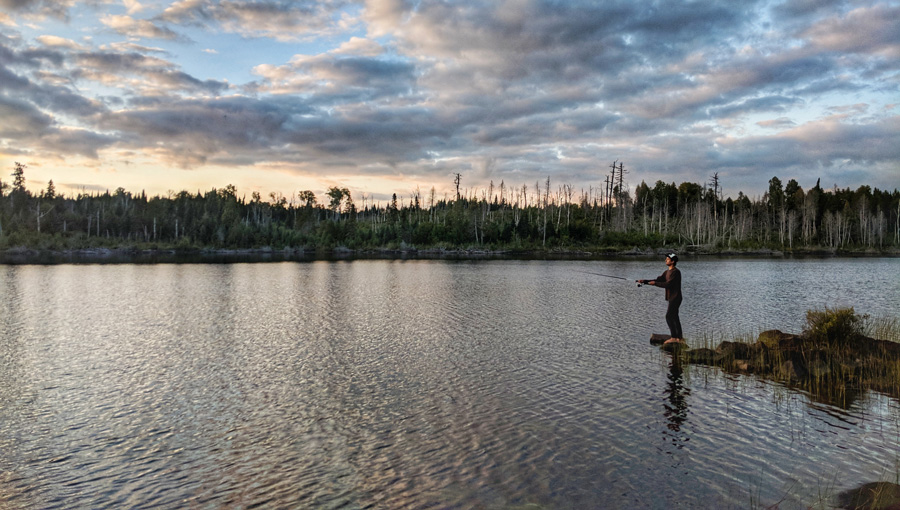
Historic Protections for the Boundary Waters Canoe Wilderness Area
The Department of the Interior and Agriculture cemented historic protections for the Boundary Waters Canoe Wilderness Area by banning federal hard rock mineral leasing for the next 20 years. Click here to read more.
New Federal Funding to Support Design and Construction of Wildlife Crossings
New federal funding was made available to support the design and construction of wildlife crossings through the five-year, $350 million Wildlife Crossings Pilot Program. Click here to read more.
Once-In-A-Generation BLM Investment Sets the Stage for Habitat Improvements Across the West
A $161 million investment to restore landscapes across the West was made by the Bureau of Land Management, allocating funds to 21 projects in 11 states. Click here to read more.
BLM Decision to Conserve Bennett Hills
Six distinct elk, mule deer, and pronghorn migration corridors and winter ranges were conserved in south central Idaho when the Idaho BLM adopted the Bennett Hills Backcountry Conservation Area. Click here to read more.
Louisiana Commences Unprecedented Coastal Habitat Restoration Project
Louisiana broke ground on the Mid-Barataria Sediment Diversion – America’s largest habitat restoration project to date – to promote long-term fishery health of the Gulf Shore basin. Click here to read more.
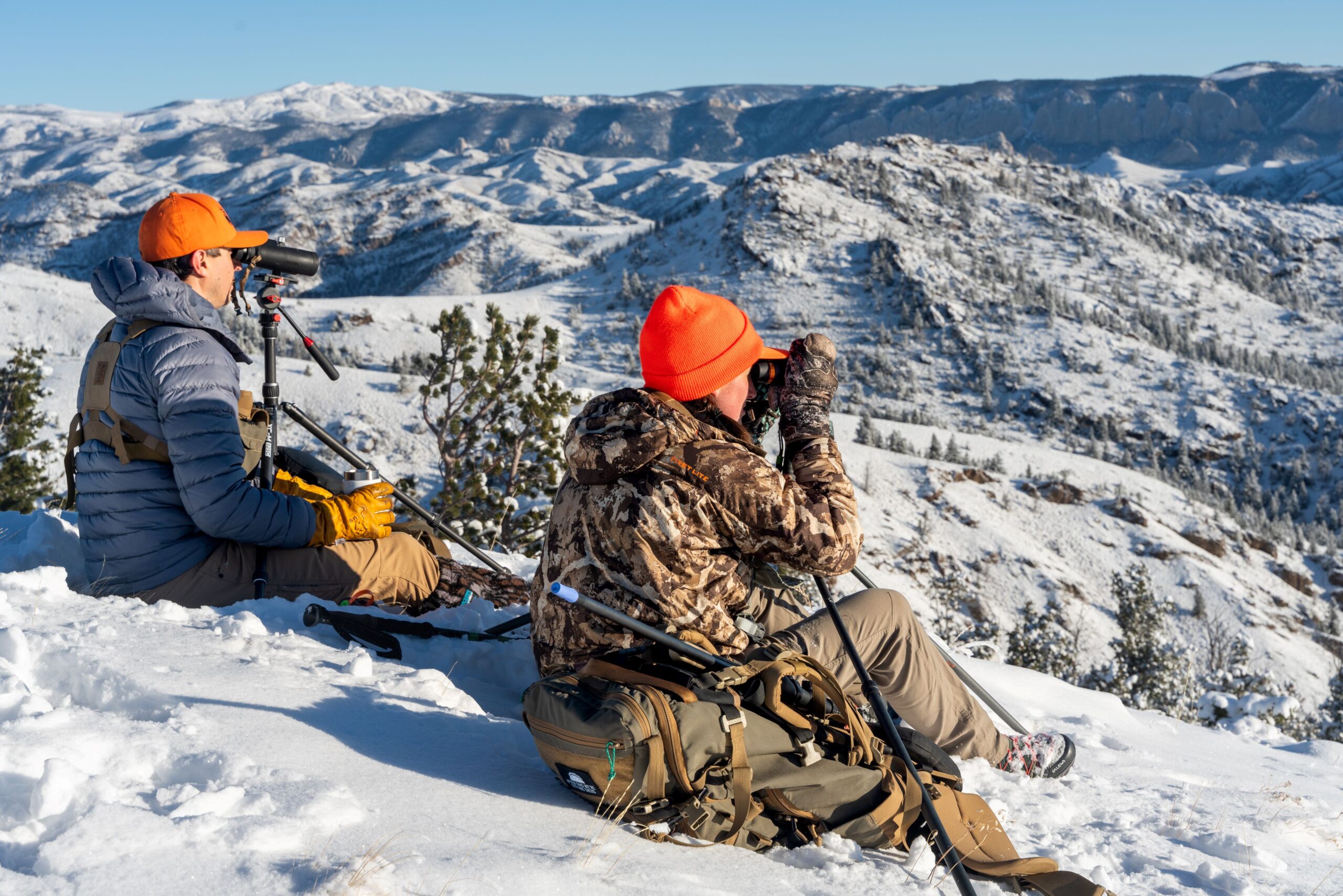
On The Horizon
As we look ahead, we know we are only getting started. In the coming year, we remain committed to our staff and partners who work every day to create common-sense, lasting solutions — like protecting Alaska’s Brooks Range from a major industrial access corridor; directing federal agencies to digitize water and fishing access through the recently introduced MAPWaters Act; and, ensuring that the crucial Farm Bill conservation programs enjoyed by hunters and anglers are protected and adequately funded.
Commitment to Transparency
In 2023, TRCP once again received top ratings by charity watchdog groups Charity Navigator, GuideStar, and the Better Business Bureau. We work hard to ensure that every dollar you give goes as far as possible for conservation, and this recognition of where we stack up against other charities is very important to us.
Given all that we’ve accomplished this year to guarantee Americans quality places to hunt and fish, we hope you’ll consider supporting TRCP during this season of giving. SITKA Gear will match every dollar you give, doubling your impact towards conservation. There’s no better time to get involved in conservation and make twice the impact.
Stay in touch! Are you interested in receiving our weekly Roosevelt Report in 2024? Subscribe here.

